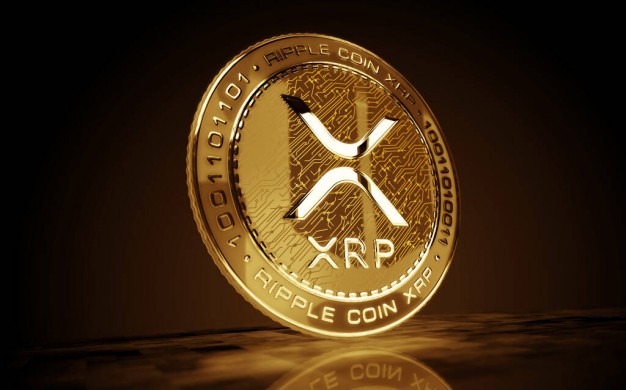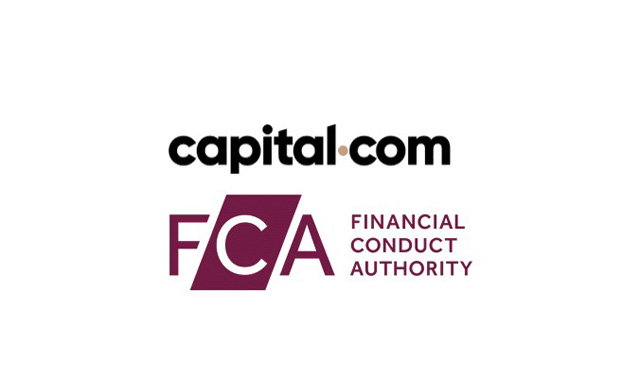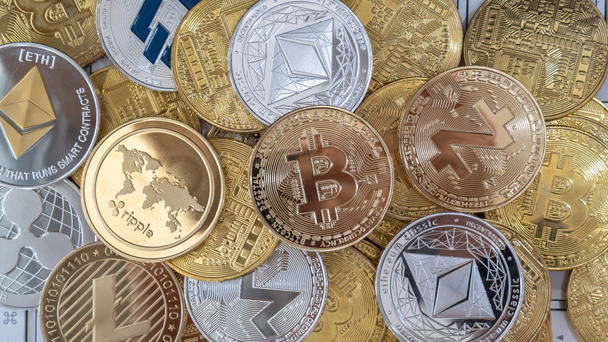The world of online trading is filled with opportunities, but also with risks. Behind the polished websites and promises of easy gains, not every platform is as secure as it appears. Cyber experts working with Montellis Group emphasize that recognizing the difference between a reliable service and a dangerous one is essential for protecting both funds and personal data. Their insights offer a clear roadmap for traders who want to safeguard themselves while pursuing financial growth.
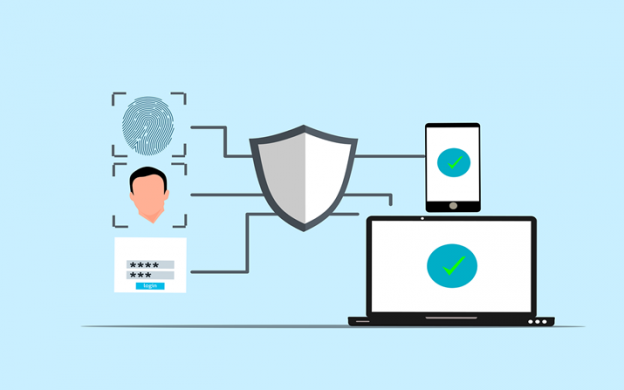
What Makes a Platform Truly Safe
According to the experts, the foundation of any safe trading platform is its security infrastructure. One of the first signs of reliability is encryption. A trustworthy platform will always use advanced encryption protocols to protect every interaction, from logging in to making a withdrawal. Without it, sensitive data is vulnerable to interception.
Another important feature is multi-factor authentication. This simple but powerful tool prevents unauthorized access even if someone manages to obtain a password. Montellis Group specialists point out that serious brokers never treat this as optional. It must be a standard part of account security.
Clear regulatory oversight is also a mark of safety. Platforms that are transparent about their licensing and compliance are less likely to engage in questionable practices. Traders should be able to easily verify a broker’s regulatory status through official channels, and any hesitation to provide that information should raise concern.
Red Flags to Watch Out For
While strong security measures are a good sign, the absence of certain features can be a major warning. Cyber experts caution against platforms that lack transparency about fees or trading conditions. Hidden costs, vague policies, or unclear withdrawal procedures are often indicators of a system designed to benefit the broker at the expense of the client.
Unresponsive or non-existent customer support is another red flag. A legitimate broker will always provide timely assistance, often through multiple channels such as live chat, phone, or email. If reaching support feels like an uphill battle, the platform is not prioritizing client safety.
Montellis Group analysts also stress the importance of watching for unrealistic promises. When a broker guarantees profits or insists that risk is eliminated, it is usually a trap. Responsible platforms educate clients about risk management rather than luring them in with exaggerated claims.
Final Thoughts
The cyber team at Montellis Group believes that protecting traders begins with education. Their view is that many cases of fraud could be avoided if users were more aware of the warning signs. They highlight the importance of researching a platform before depositing funds, reading independent reviews, and testing the service with small amounts before committing larger sums.
By learning to identify both the qualities of a safe platform and the warning signs of unsafe ones, traders put themselves in a stronger position. Security is not just the responsibility of the broker. It also depends on the vigilance of the user. With the right knowledge, individuals can enjoy the benefits of online trading without falling into avoidable traps.

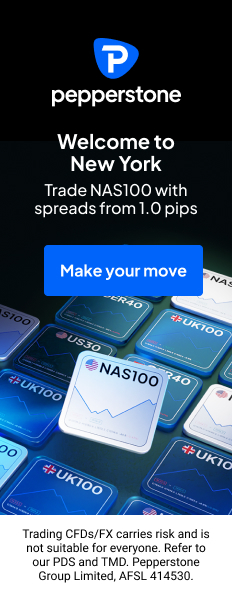
 Hot Features
Hot Features

